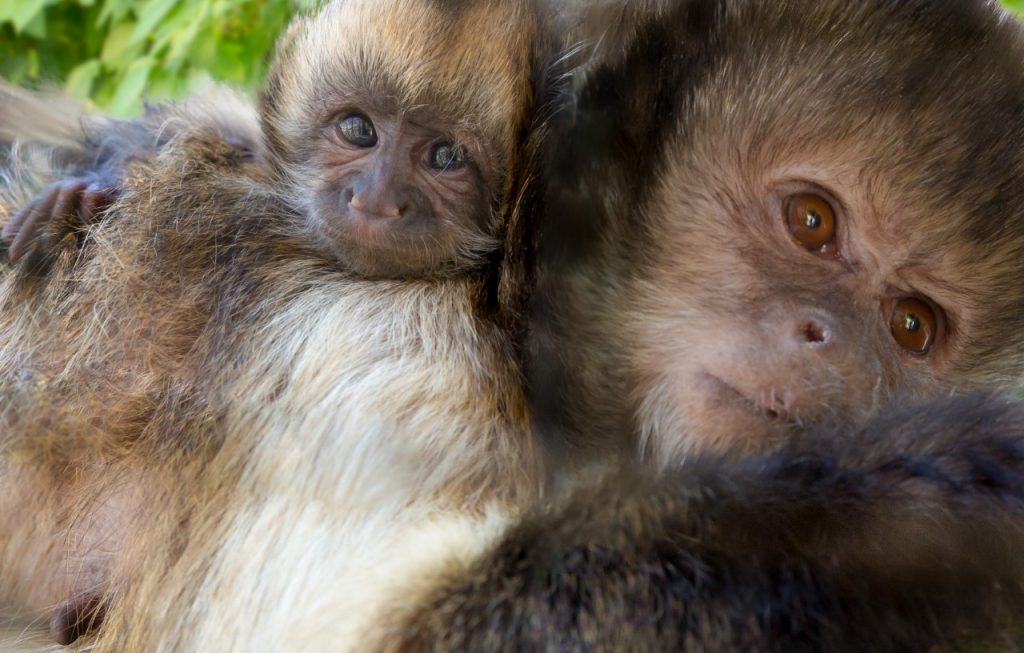Communicating captive wild animal nutrition
Citation
Irlbeck NA. 2003. Communicating captive wild animal nutrition. In Ward A, Brooks M, Maslanka M, Eds. Proceedings of the Fifth Conference on Zoo and Wildlife Nutrition, AZA Nutrition Advisory Group, Minneapolis, MN.
Abstract
Zoo or captive wild animal nutrition is globally evolving into a respected science. It is still in its infancy and there are many unknowns particularly with today’s economic environment. However, there is one certainty about this emerging arena, and that is, only the people caring for these animals and their dedication, will improve the field of zoo nutrition. Often “people skills,” rather than nutritional expertise determine success within a zoological institution. For example on a local scale, if an optimum diet is formulated for an animal, but the keeper does not believe in it and does not feed the diet – what good does the diet do? If a Curator or Area Supervisor is alienated because the nutritionist did not follow the “chain of command” – then they cease to be effective. Learning to communicate with those you work with on a frequent basis is a key to success – there is no place for ego. On a national and international scale, if a nutritionist does not participate in the exchange of ideals within scientific forums (AZA, CNS, NAG, AAVN, ACVN, EZNRG, ESCVN, ECVCN,), or via scientific literature or the Internet (list serves, web sites); what value does nutritional work completed at one zoo, or in one country, aid in the preservation of endangered species? We all need to work together and we all need to communicate. Communicating effectively – whether verbally or written – is essential for the procurement of nutritional knowledge and the maintaining of the captive wild animal populations in zoological institutions.
 IrlbeckCOMNag03.Final.pdf 20 KB
IrlbeckCOMNag03.Final.pdf 20 KB








